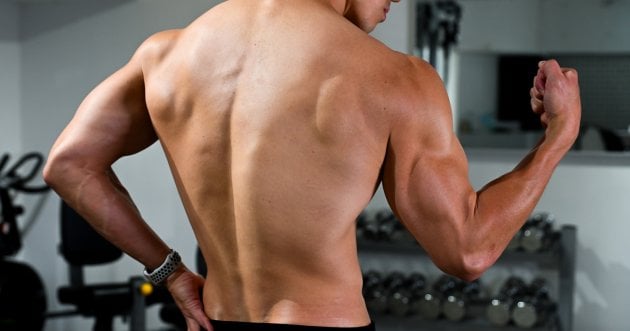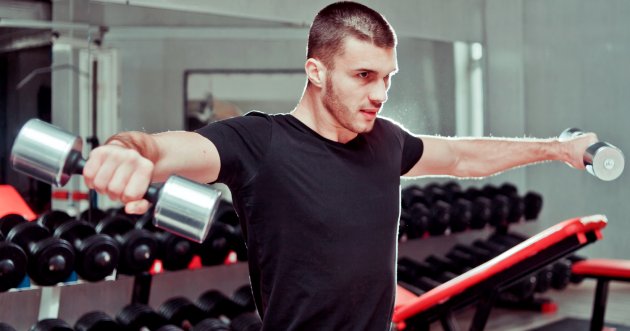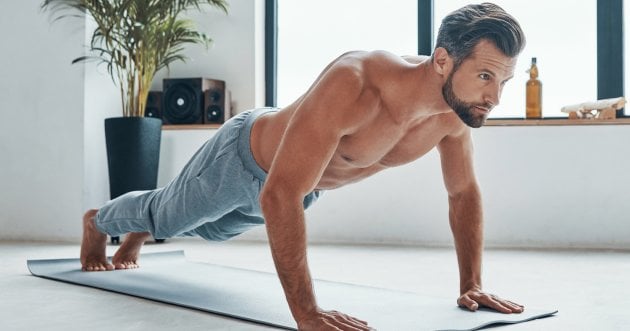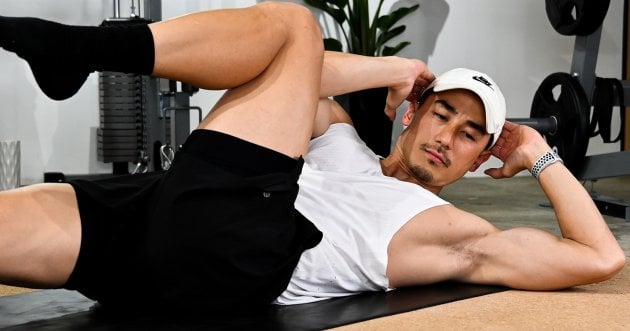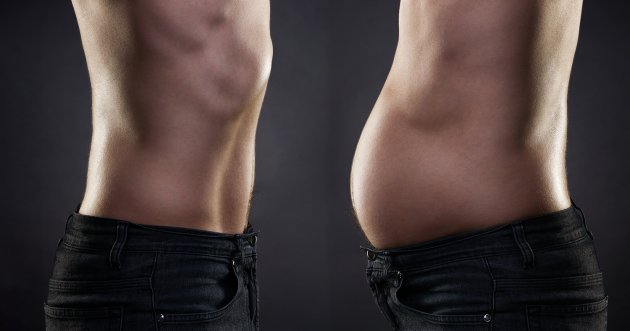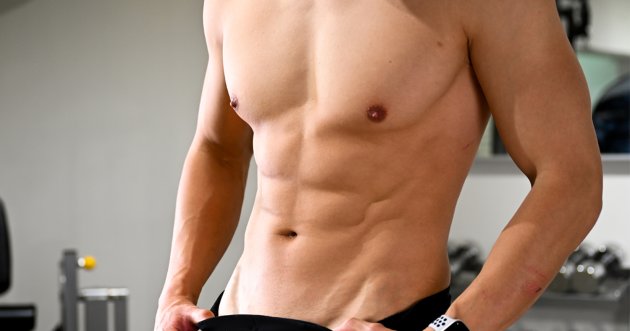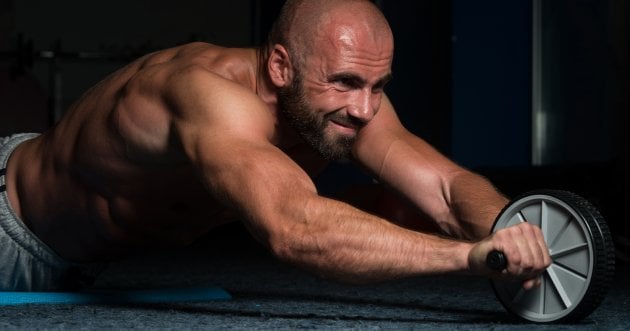![6 self-weight menus for leg training! Effective training for toning the lower body [ supervised by a professional ].](https://otokomaeken.com/wp-content/uploads/2023/03/2232-750x396.jpg)
Legs are one of the most voluminous parts of the body with a large concentration of muscles. However, there are many people who say, “I don’t have time to go to the gym…” or “I want to do steady leg training at home. This time, personal trainer Yasuzan Matsuura introduces a leg workout that can be done at home!
In 2016, he began working as a trainer as a member of Beyond Gym’s start-up staff. Served as store manager of the Horie store in Osaka, Japan; in 2017, he reached the pinnacle in the Mr. Japan contest, after which he went independent. In October 2022, he founded Waffle Gym in Tachikawa, Tokyo. He is always ready to propose muscle training menus that meet the needs of customers.
CONTENTS
Suponsered by
What are the benefits of leg training?
First, let’s take a look at the three major benefits of leg training!
Advantages of leg training (1) “Improved basal metabolism and weight loss!
Of all the muscles in the body, the lower body accounts for about 60~70%. Therefore, it is possible to raise basal metabolism more efficiently than chest and back muscles. In addition, since large muscles are concentrated in the legs, more energy is expended through training, which is also effective for weight loss.
Advantage of leg training (2) “Bad posture and X and O legs can be improved!
When you hear the word “leg training,” you may think it is training only the lower half of the body, but in fact, it also gives load to the torso. And by strengthening the torso, bad posture can be improved. It is also effective in improving X-legs and O-legs, which are caused by distortion of the pelvis and unbalanced muscle tone. If you have the problem that your legs look crooked when you wear slacks or other clean pants, you may have X- or O-shaped legs, so why not try leg training to improve them?
Benefit of leg training (3) “It helps improve coldness and swelling caused by lack of exercise!
It goes without saying that muscle strength declines when lack of exercise continues, but in fact, the function of sending blood back to the heart is also weakened as a result. This leads to poor blood circulation, resulting in such adverse effects as sensitivity to cold, swelling, and a slowed metabolism that makes it easier to gain weight. In order to improve this situation, leg training is recommended. As mentioned above, 60~70% of the muscles are concentrated in the lower body, and the calves have a strong function of pumping blood back to the body (muscle pumping), so leg exercises can promote blood circulation. If you are experiencing the disadvantages of poor blood circulation, try incorporating leg training.
Review the major muscles of the legs. Three areas to keep in mind
There are many muscles in the legs, but we will focus on three of the most important ones. These are the muscles that should be trained not only to improve performance in strength training and competition, but also to maintain good health.
Quadriceps
The quadriceps is the muscle of the anterior thigh. They are composed of four muscles: rectus femoris, vastus medialis, vastus medialis, and vastus lateralis, hence the name quadriceps. As the largest muscles in the body, they have high muscular strength and play an important role in supporting body weight. They also play a role in maintaining the stability of the knee joint, so if the quadriceps muscle weakens, it may induce knee pain. Since knee joint stability is required not only in leg training but also in almost all standing training, strengthening the quadriceps muscles is essential for maintaining performance in other training activities.
Hamstrings
Hamstrings is a general term that refers to the three muscles of the back of the thighs, which consist of the semitendinosus, semimembranosus, and biceps femoris muscles. They are deeply involved in hip extension and knee flexion, and are used in a variety of daily activities such as walking, running, climbing stairs, and standing up from a seated position. Especially among athletes, hamstrings are often trained to speed up running. Incidentally, a decrease in hamstring muscle strength can increase the load on the knees and hips, leading to chronic knee and back pain, as well as distortion of the pelvis, which can lead to poor posture.
Triceps Muscles
The triceps is a muscle of the calf. It is composed of three muscles: the medial and lateral heads of the gastrocnemius muscle, which are located superficially, and the soleus muscle, which is located deeper. They work primarily in the motion of the ankle pointing downward, and if they become weak, the toes can easily get caught and the propulsive force of walking is lost. The triceps is also known as the “second heart,” and because it has a strong muscle pumping action, it is necessary to train it to maintain good blood circulation.
How often should leg training be done per week?
The frequency will depend on what the goal is and how hard you want to push yourself at one time, but basically, you should always incorporate leg training at least once a week. This is because it is said that muscle fiber thickness will return to normal and muscles will not be activated if muscle training is done once every two weeks, although it is not limited to legs. For weight-loss purposes, it is preferable to train the legs once or twice a week, and if you want to strengthen neurotransmission and muscle coordination, aim for two to three times a week. In any case, however, be aware that if you train while your muscles are still sore, not only will you not be able to maximize your performance, but you may also lose muscle strength and injure yourself because your muscles have not recovered sufficiently.
2/2GO TO NEXT PAGE

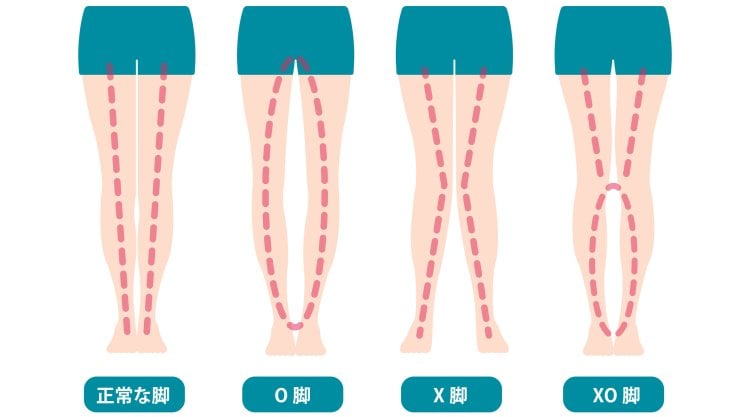

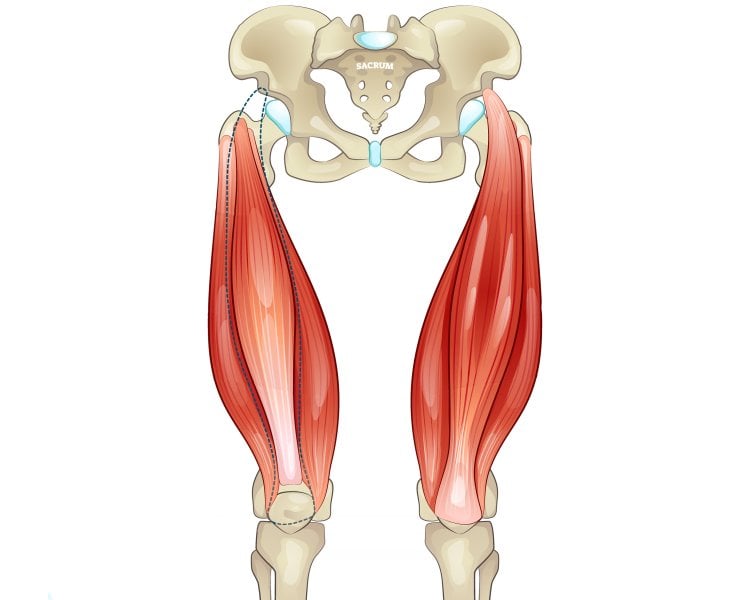
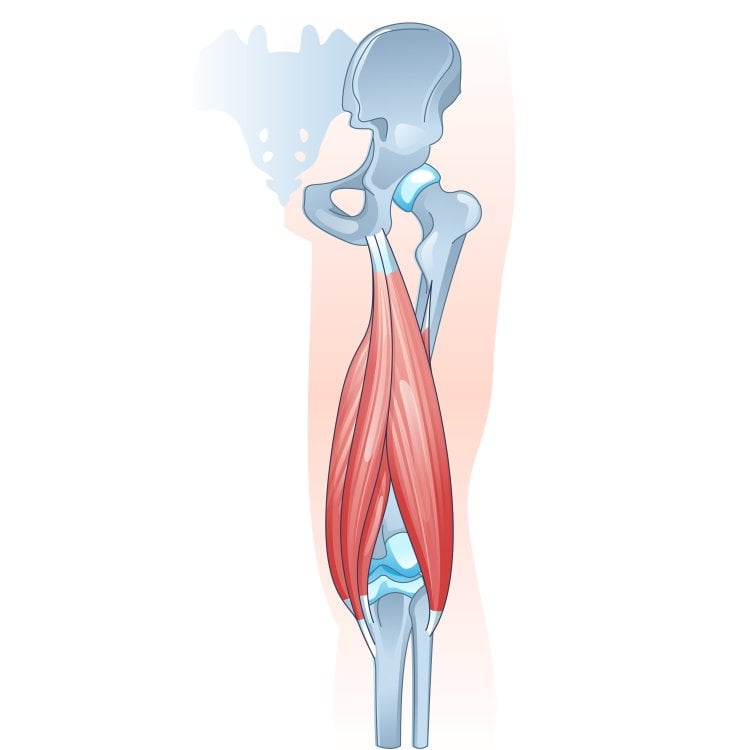
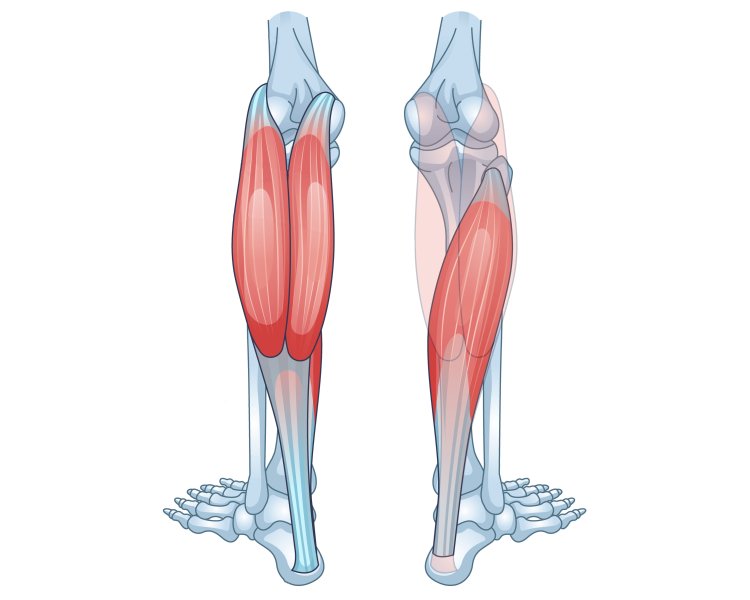
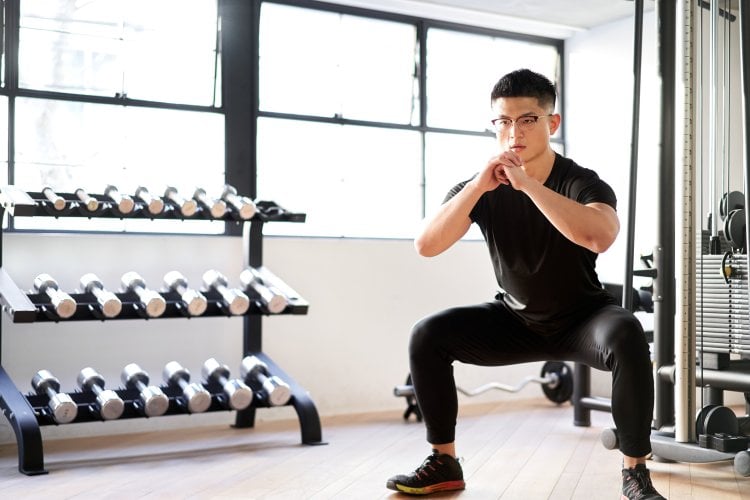
![What are the specific 5 changes that muscle training can bring to a man? [“The truth as experienced by practitioners.”]](https://otokomaeken.com/wp-content/uploads/2023/12/3ecb709c1f1613850249ba743b4b1457-630x331.jpg)
